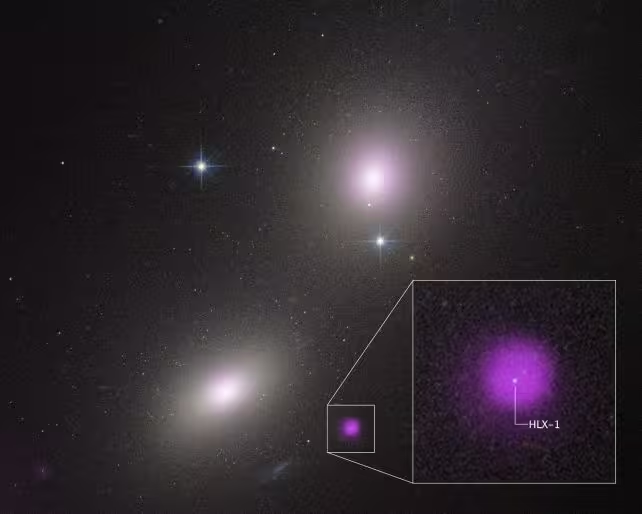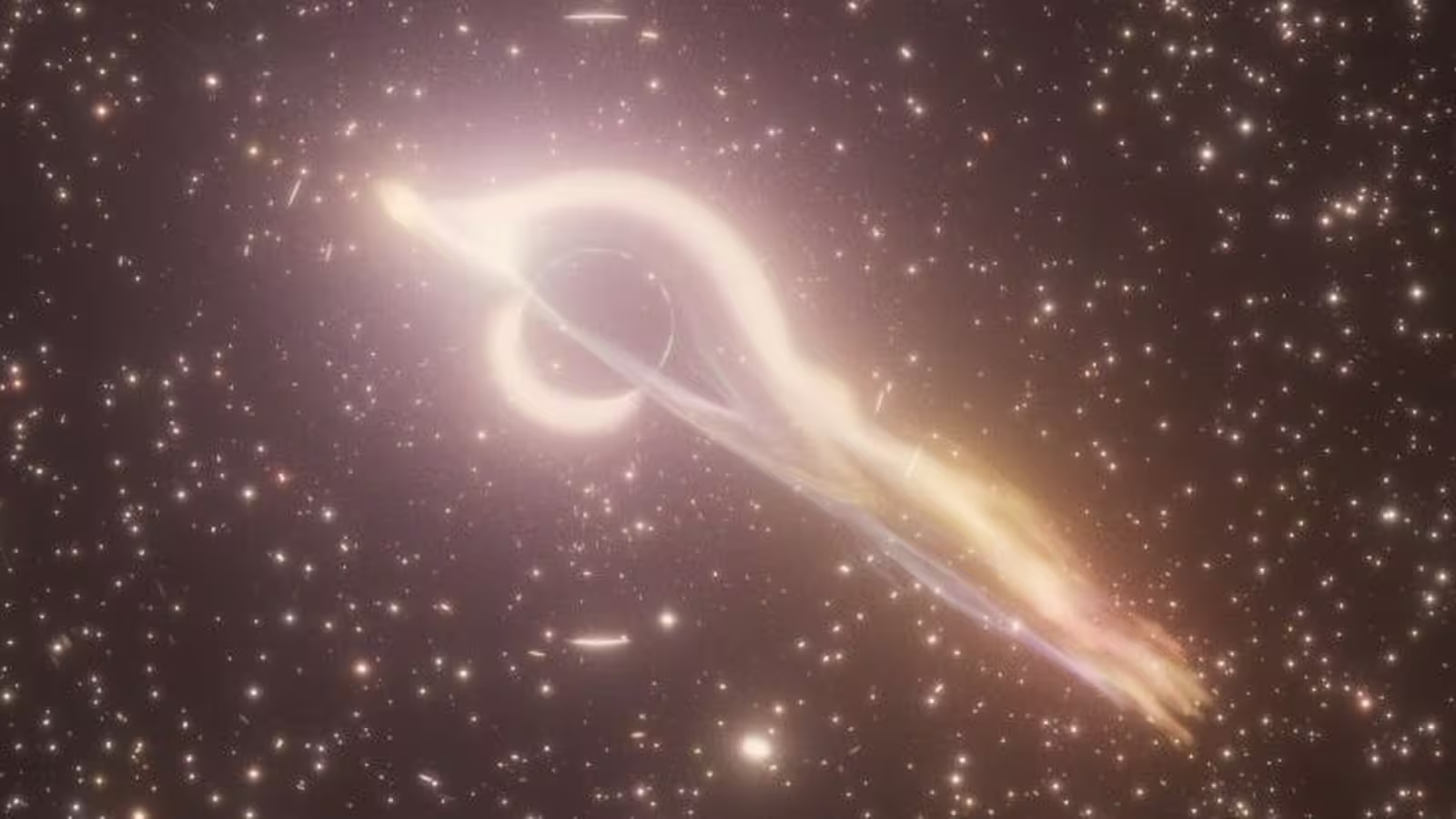3 Minutes
The Enigmatic Middleweight Black Holes: A Cosmic Rarity
Astronomers have long understood the existence of two distinct categories of black holes: stellar-mass black holes—formed from the collapsed cores of massive stars, with masses up to about 100 times that of our Sun—and supermassive black holes, which are millions or even billions of solar masses and anchor the centers of most galaxies. However, the 'missing link' in black hole evolution has remained a cosmic puzzle: intermediate-mass black holes (IMBHs), with masses from about 1,000 to 100,000 suns. Discovering such objects is exceptionally rare, yet crucial for piecing together how supermassive black holes form and grow.
Star's Demise Illuminates a Hidden Giant
In a galaxy approximately 450 million light-years from Earth, astronomers observed a brilliant flare—evidence suggesting a sleeping black hole abruptly sprang to life to consume a passing star. While so-called 'tidal disruption events'—where black holes devour stars—are not uncommon, what set this event apart was the likely identity of the black hole involved. Unlike previously catalogued stellar-mass or supermassive black holes, the properties of the flare pointed to an intermediate-mass black hole, a category seldom detected across the cosmos.
HLX-1: An Extraordinary X-ray Beacon
The source of interest, known as HLX-1 (Hyper-Luminous X-ray source 1), was initially detected in X-ray observations in 2009. Over the years, HLX-1 displayed dramatic shifts in brightness—increasing one hundredfold by 2012 before dimming by 2023—a variability pattern that offers clues to its underlying nature. X-ray emissions are key indicators for astronomers, as the energy and frequency of light produced when matter is consumed by a black hole closely relate to the black hole’s mass. In HLX-1’s case, its X-ray output was far more luminous than expected for a standard stellar-mass black hole, but still well below that of a supermassive black hole.

Decoding the Mass: The Case for an Intermediate Black Hole
A team led by astronomer Yi-Chi Chang from National Tsing Hua University, Taiwan, reconstructed HLX-1’s outburst behaviors and concluded that the most plausible explanation is an intermediate-mass black hole, likely in the range of 1,000 to 10,000 solar masses, waking up to consume stellar material. The details of the event—whether the star was entirely shredded in a one-off catastrophe or is a recurring meal for the black hole—are still being analyzed. As astronomer Roberto Soria of the Italian National Institute for Astrophysics notes, “Now we need to wait and see if it's flaring multiple times, or there was a beginning, there was peak, and now it's just going to go down all the way until it disappears.”
Scientific Impact and Future Directions
The detection of HLX-1 strengthens the emerging evidence that intermediate-mass black holes exist and are detectable through tidal disruption events and X-ray variability. Their confirmation is pivotal for unraveling the origins of the Universe’s most massive black holes. Understanding whether supermassive black holes form from the merger or steady growth of these middleweight objects heralds a new era in astrophysical research, with space-based X-ray observatories playing a fundamental role in future discoveries.
Conclusion
The observation of a rare tidal disruption event in a distant galaxy has shed new light on an intermediate-mass black hole—a crucial but elusive link in the cosmic chain of black hole evolution. As astronomers continue to monitor HLX-1, its story promises to inform our understanding of the mechanisms that shape the most extreme objects in the Universe, revealing more about the dramatic lifecycle of stars and the formation of the gravitational giants that govern galaxies.
Source: iopscience.iop



Comments